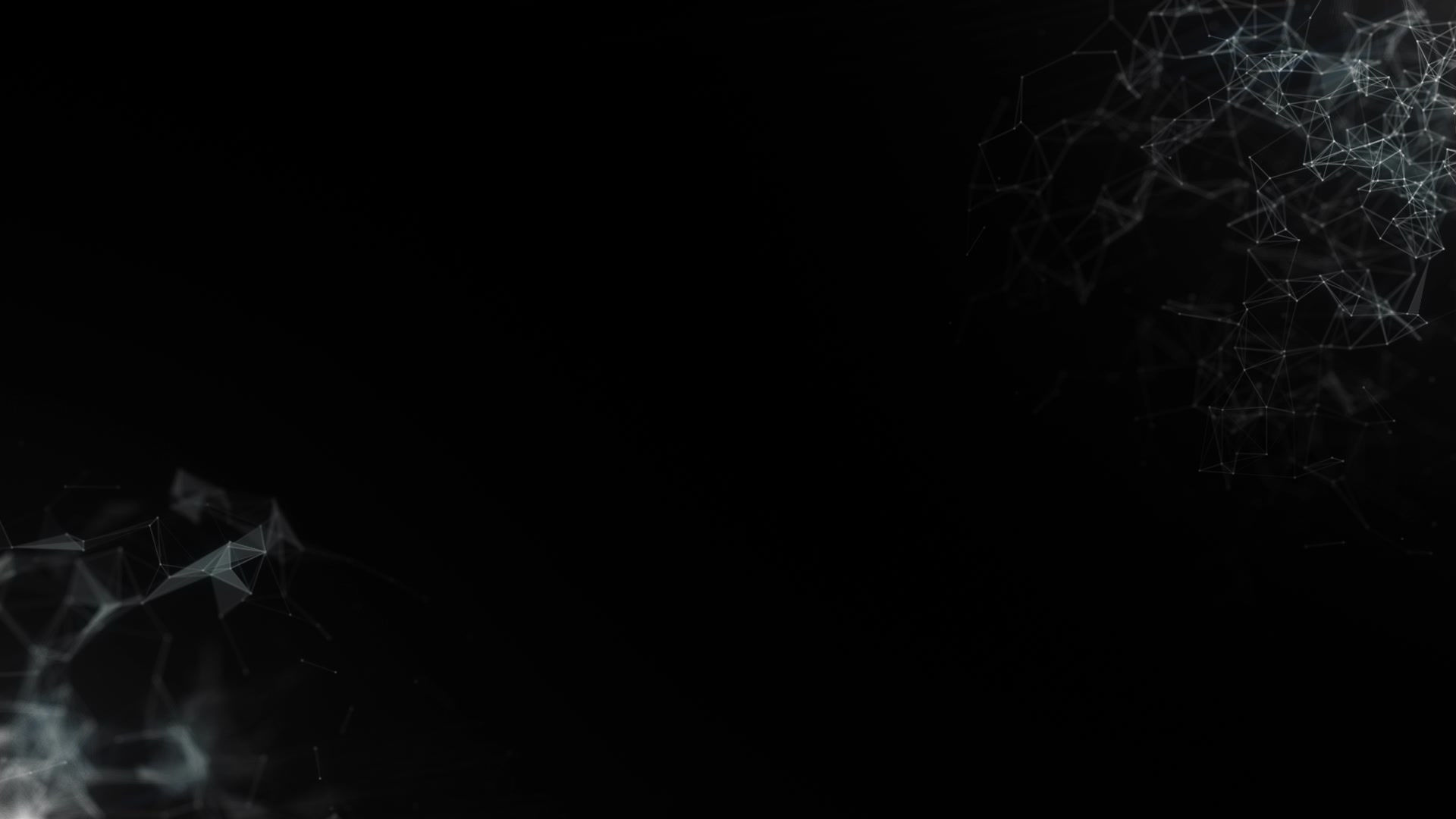top of page

HOME
Rotoscoping
What is Rotoscoping?
Rotoscoping is an animation technique in which animators trace over footage, frame by frame, for use in live-action and animated films. Originally, recorded live-action film images were projected onto a frosted glass panel and re-drawn by an animator.
When it was first used, live action film images were projected onto a glass panel that was frosted where an animator would redraw them. The associated projector is called a rotoscope. However, computers have replaced it in the past two decades. Today, the term refers to manually creating a matte for a visual element on a live action plate in order to composite it onto another background for use in film or a movie.
In 3D animation, rotoscoping is a technique that allows you to create animation that mimics live action video. For example, a live actor may be filmed doing a series of actions, and the animatorwould have the digital character mimic the actions of the human actor for a realistic animated scene. The rotoscoping technique was invented by Max Fleischer, who used it in his series "Out of the Inkwell" in 1915.
Click images for examples of Rotoscoping animation
bottom of page


